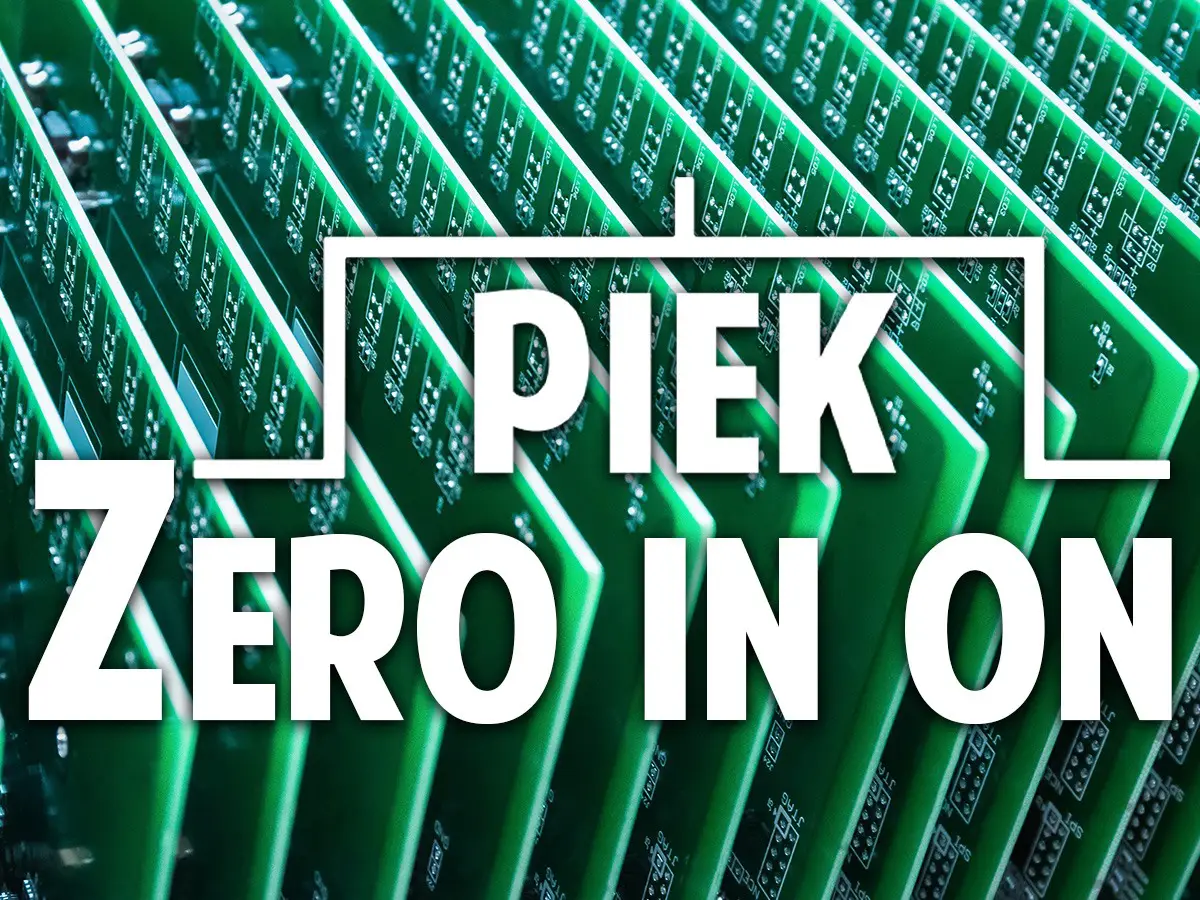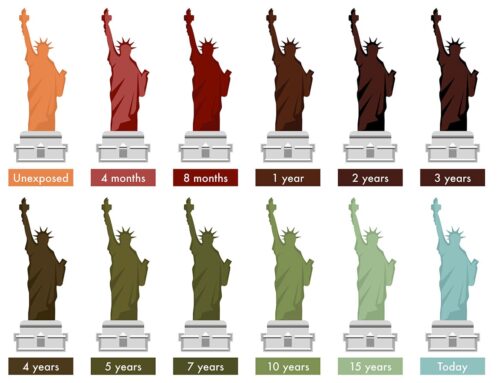IPC-A-600 Acceptability of Printed Boards, is the best-known standard for the inspection of bare boards, often called PCBs, throughout the electronics industry. It has been the base document in inspection departments at bare board manufacturers for decades. And it has been referred to in the majority of contract documents for the procurement of bare boards worldwide.
The current K Revision was published in July 2020 and again showed a vast amount of improvements and clarifications with respect to the former J Revision. With users relying on the support of the pictorial display of the criteria at hand most have been very pleased with the many new pictures that were introduced when the IPC-A-600 K Revision was published. It is this pictorial support that has made the IPC-A-600 the document of choice for inspection as well as quality assurance departments globally for years.
It is commonly used as a reference during the board manufacturing process steps, as a final inspection at the PCB manufacturer or as an incoming inspection at the assembly plant or EMS.
Like all IPC standards the IPC-A-600 is developed and reviewed by a committee with members from a variety of companies and organisations in the electronics industry. Here we find people working at PCB manufacturers, training centres, OEMs and EMS companies. It is their knowledge and experience that nourishes this document, thus being a true industry standard.
Some topics from IPC-A-600 that are inspected at PCB level are Burrs, Nicks, Haloing, Measling, Delamination, Solder Coatings, Holes, both Plated-Through and Unsupported, Printed Contacts, Marking, Solder Mask, and Pattern Definition.
One chapter of IPC-A-600 deals with the inspection of micro-sections. The test coupons used for this might be inspected for issues such as Laminate Voids, Delamination, Smear Removal, Conductor Thickness, both for External and for Internal Layers, Layer-to-Layer Spacing, Cracks, Annular Ring, etc.
Criteria have been revised and if necessary updated. New criteria have been added.
One of its chapters deals with inspection criteria for Flexible and Rigid-Flex Printed Boards as well as Metal Core Printed Boards. In the last chapter general handling considerations are discussed, as are the cleanliness and solderability tests which have to be performed. The solderability testing criteria have been updated and are now in line with the latest IPC/J-STD-003C Revision.
If you need to inspect either the entire board visually or by automatic equipment [AOI] or the micro-sections from the test coupons, then the IPC-A-600 is the document of choice, especially since this standard focuses on the criteria and provides a lot of pictorial examples.
The vast amount of pictures help the user of the IPC-A-600 to better understand the criteria by providing pictorial information on the topics addressed in this standard. However, it is these pictures that might also lead to misinterpretation if used incorrectly. Even though IPC documents can be bought and used by anybody that has an interest in them, proper IPC-A-600 training in many cases proves beneficial to the proper understanding and interpretation of the criteria contained within.
The trainers at PIEK are experienced and offer optimum guidance in the proper use and interpretation of this standard. Benefit from the extensive experience the PIEK trainers have in the use of this document in daily practice and avoid the pitfalls in daily life caused by misinterpretation.
If you consider using either of the above-mentioned documents, it may be a good idea to learn all the ins and outs by attending an IPC certification course based on them. These certification courses are provided by PIEK both in your company or in regionally organised training sessions, and they will increase your knowledge level. Furthermore, training will help you to use the criteria correctly and avoid misinterpretation, which may save time and money. Benefit from the extensive experience the PIEK trainers have in the use of these documents in daily practice and avoid the pitfalls in daily life caused by misinterpretation.






